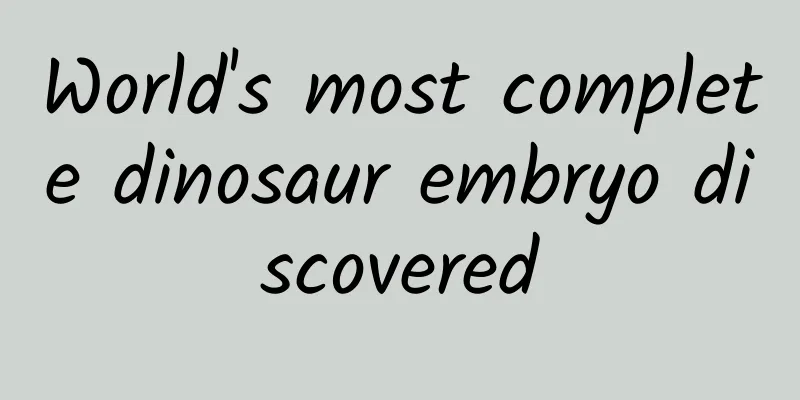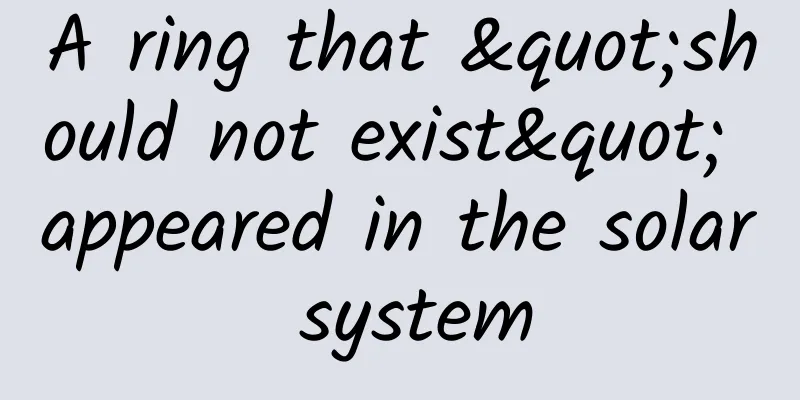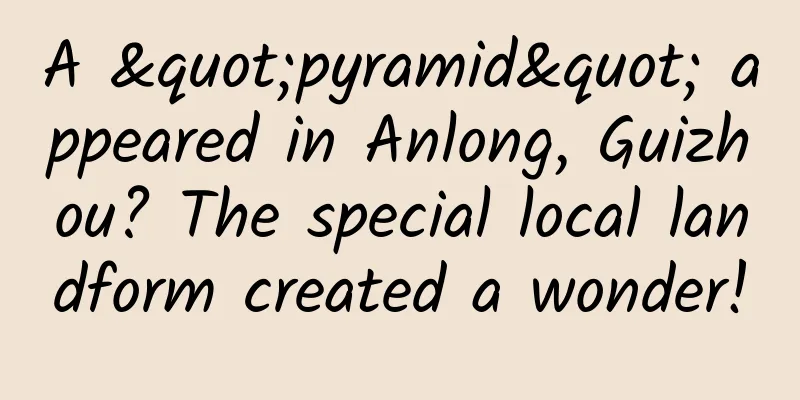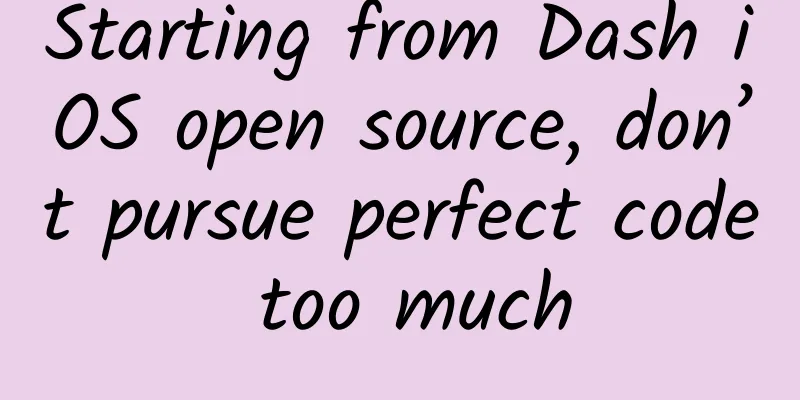This is how you write copy with a good conversion rate!

|
These are the problems that have always troubled us marketers . To solve them, we need to start with the " Three Steps of Marketing " (each step has three questions, and we find the answers by asking questions) 1. Marketing Goal Setting
2. User Demand Matching
3. Copywriting Self-Check List
Let’s take a look at the following case first ▼ This is a fan distributed at the entrance of a beauty salon in Guangzhou. On it is an investment advertisement for Menoyi's "skin repair products" and the investment address is the "Guangzhou Beauty Expo." We often see such advertisements, but we almost never pay for them, so the businesses waste their advertising fees! What went wrong? We use the "three-step marketing method" to analyze ▼ 1. Marketing Goal Setting Setting marketing goals, that is, expressing our selling points through some means, is the first step in planning marketing activities, which directly determines our work focus and resource allocation. Reasonable goal setting will make marketing activities more effective.
The fan was obtained at the entrance of a beauty salon 2 kilometers away from the exhibition. Judging from the advertising copy, this is a business promotion activity that "Menoi" is preparing to carry out for its "skin repair products" at the "Guangzhou Beauty Expo". Their marketing goal is to attract merchants with relevant work experience and product needs to come and learn more. This includes those who actively come to the exhibition and those who were not originally planning to attend but are interested and have needs. Analysis : The merchant has a clear marketing goal. They distribute promotional materials to all possible agents and guide them to the investment fair to learn more details. 2. Marketing scenarios The target group is agents who are going to participate in the exhibition and practitioners with relevant experience. Then the places where advertising materials should be placed should be: inside and outside the exhibition hall, beauty salons, hotels around the exhibition hall... Analysis : The beauty salon is actually a scenario that meets their marketing goals, but the specific time and address of the exhibition are not indicated in the promotional materials. For users who do not know the details of the exhibition, merchants lack the user perspective - they assume that everyone knows the time and address of the exhibition, which is an area that can be improved. 3. Marketing tasks The advertising copy shows that the merchant is doing investment promotion activities, so the marketing task is to "recruit product agents." Therefore, all promotional materials and copywriting should be aimed at impressing potential agents and making them become agents of the product. Analysis : If users want to know whether the merchant is recruiting agents, they need to carefully study the copy, because the copy does not directly tell users "we are recruiting agents". If users are required to think about the ad, they are likely to ignore it, because the time users allocate to ads is very short, and merchants must capture users in a very short time, otherwise users will ignore the ad.2. User Demand MatchingAfter setting the marketing goals, we need to start matching the marketing goals with user needs. Only when the selling points match user needs will users be likely to take action.
According to marketing goals, user groups are divided into two categories: one is users who actively go to exhibitions to look for products, and the other is users who do not actively go to exhibitions but may be attracted by advertisements. Their common needs are: to find good products and become agents to make money. The intensity of demand of these two types of users can be easily judged: the former have strong demand, while the latter do not have strong demand. Then the placement of our advertising materials should also vary from person to person. For users with strong demands, our advertisements should "answer users' questions and convince them"; For users whose needs are not strong, we need to "implant specific scenarios, bring users in and stimulate their needs." Analysis: Considering the marketing cost and user density, merchants will produce one kind of material for the group with high density, which is the fan in the picture - a promotional material is only produced for users who actively go to the exhibition. 2. User attention level In different scenarios, users pay different attention to advertisements. At the exhibition site, users will receive promotional materials from n merchants, but the probability of them reading them carefully is very low, and the time allocated to advertising is also very short. As mentioned above, merchants must attract users' attention through copywriting in a very short time, and the copywriting must appear in promotional materials in a striking manner. For copywriting with low user attention (reading time), the copywriting should be controlled within 15 words, use direct and clear sentences, and stand out in large fonts. Analysis : The main copy is not simple and clear enough, and the background is confusing, so users cannot immediately understand what the copy wants to convey. Then this promotional material will really just become a fan. 3. Conversion rate of user scenarios All marketing activities are carried out to increase user conversion rate. In places like exhibitions, users will have two behaviors when seeing promotional materials: 1) Go directly to the merchant booth to consult cooperation 2) Take it home and think it over carefully before taking action Corresponding to the user's behavior, the merchant's strategy is as follows: 1) Find ways to get customers to buy and cooperate 2) Across scenarios, find ways to make them remember you. Usually in the form of welfare. Analysis : In this fan, merchants did not show two strategies for improving user conversion rates. The merchant’s copywriting also “seduces” users from their own perspective, as if saying: My product is good, come and buy it - completely self-satisfaction. 3. Copywriting Self-Check ChecklistCopywriting runs through the entire marketing planning process, and it is also a weapon that directly engages with users. Good copywriting can arouse users' motivation, prompt them to take action, and bring high conversion rates to businesses. It just so happens that good copywriting all has similar routines.
In the previous two steps, we analyzed some unreasonable elements in this "fan advertisement". These unreasonable elements will cause consumers to not pay attention to the merchant’s advertisements, thus failing to generate conversions and wasting marketing costs. Before we output the copy, we must first understand the persuasive logic of the copy - what kind of method is needed to persuade users in what kind of scenario. There are two types of persuasive logic in copywriting: 1) Unthinking : Suitable for scenarios where users have low decision-making costs or do not have sufficient time to think. 2) Careful consideration : suitable for scenarios where users have high decision-making costs or have sufficient time to think. Analysis: In this case, if the fans were distributed in beauty salons or hotels in advance (if distributed at the exhibition, it would only be distributed during the few days of the exhibition because there would be no one in the exhibition hall at other times), consumers might carefully consider the copy and product. But let’s think about it again: what products are mostly advertised in these fans – infertility. However, users have already developed antibodies to this type of infertility advertisement, as well as to the fans that carry the advertisements, so their attention to this type of advertisement is very limited. If the fans were distributed in the exhibition hall during the exhibition, as analyzed in the previous article, the copywriting would not be able to fully capture the user's attention. 2. Reasonable copywriting structure After clarifying the logic of the copy, you should also pay attention to the structure of the copy - convincing users step by step based on the brain's thinking mode Excellent copywriting all has similar routines. Here is a classic copywriting structure for you (60%~70% of excellent copywriting is generated according to this structure). AI DA Model: A:Attention I:Interesting D:Desire A:Action The most important thing here is the first A: Attention. Especially for short copy, attracting the user's attention has already achieved the merchant's purpose. To attract users’ attention, you need to do the following 6 things in your copy: 1) Impactful images or words: Use some popular words or hot words, such as "begging on your knees, licking on your knees, your mother is calling you to go home for dinner" 2) Arouse curiosity: Use counterintuitive statements, such as "How a loser can become a CEO" 3) Clinging to the big brother: Associate with high-potential numbers, phenomena, tasks, and brands, such as "For every 10 cans of herbal tea sold, 7 are Jiaduobao " 4) Mobilize emotions: clearly state your attitude, and the sentence can be emotional, such as "You can't even write a good copy, what kind of planning are you doing?" 5) Arouse empathy: Find things that potential users can relate to, such as "I have taken the Level 4 exam seven times, but I will never give up." 6) Powerful benefits : Give users benefits in a comparative way, such as "What can you buy with RMB 1 today? A bottle of mineral water, or eight classes at Lao Luo English Training Center." Analysis: In this case, the first thing that comes into the user's sight is a golden mask, followed by the words "Restore the Queen's Glory and Reveal the Mask" in larger font. The user has already spent 3 seconds seeing this and still has no idea what the merchant wants to express. Regardless of whether all the copywriting is good or bad, the merchant’s most important copywriting, “A new opportunity to create wealth is missed if you miss it,” did not enter the user’s sight first. A series of means to attract user attention have all failed. 3. Self-checklist for copywriting Finally, we move on to the self-examination of the copy. After passing this stage, you can present the copy in promotional materials. Here we give methods from two aspects: writing copy and modifying copy: 【Writing copy】 1) Make things clear: Don’t let users guess what you mean, tell them directly 2) Enhance users’ feelings and experience: When users use your product for the first time, they actually perceive your product in their brains – through the copy. 【Change the copy】 1) Adjust the content closely around the scenario and user reading time: In scenarios where users have a short reading time, long copy should not appear. 2) Delete all unnecessary modifiers: Let users know the meaning of the copy as quickly as possible, especially for B2B users, simple and rough copy is often more effective. 3) Delete expressions that have the same effect as the user: redundant descriptions will only drive users away 4) Try to use antithetical sentences in short copywriting: Copywriting that is easy to remember is often remembered by users, such as "If you are afraid of getting angry, drink Wanglaoji " 5) If the expression is awkward, you can find a suitable analogy: For example, "If you want to see the Great Wall from the moon, it is equivalent to looking at a strand of hair from 2.688 kilometers away." Analysis: In this case, "Repair the Queen's Glory and Reveal Her Mask" is repeated in the detailed description of the product; although the main copy is antithetical in form, it is difficult to read and users need to think about it before they know what it means. After the above analysis, let's make some changes to Menoy's investment advertisement:
Imagine if you saw such modified copy in the exhibition hall, would you be interested in finding out more? 〖 Summarize 〗 Through the above cases, we used the “Three-step Marketing Method” to thoroughly analyze the inappropriate elements in the advertisement and provide solutions:
Marketing is a complicated matter. As an excellent marketer, you must master scientific methods to make complicated things organized, logical and humane. The author of this article @郭宁 is compiled and published by (Qinggua Media). Please indicate the author information and source when reprinting! Product promotion services: APP promotion services, information flow advertising, advertising platform |
<<: How did Facebook achieve 800,000 people watching live broadcasts at the same time?
>>: How much does it cost to customize the Zhangzhou Electrical Mini Program?
Recommend
The master cracked the Trojan APP and burst into laughter at the end
Everyone knows that you should not click on the l...
Can laughing help you lose weight? People all over the world laugh like "hahaha"?
Can laughing help you lose weight? Laughing more ...
Build a "space bridge"! How does satellite Internet become the "new infrastructure" in space?
Satellite Internet is the third generation of Int...
Are peanuts harmful or beneficial? How to eat them more healthily?
Peanuts are not unfamiliar to us. They are also k...
Ten years of experience will tell you how to spend the marketing department’s money effectively!
The author of this article is Su Su, a big shot w...
I am lactose intolerant to milk, so what about oat milk?
Milk is a drink called white blood. As a natural ...
Golden Retriever brought back a "silly roe deer" from the mountains. Are roe deer really stupid?
Science Fiction Network, December 2 (Jin Kaiyi) W...
Can we throw away “biodegradable plastics” as they will naturally degrade? Stop…
gossip Can “degradable plastic” be naturally degr...
Deconstruction of the formula for converting private domain traffic into transactions
Many friends have always had a misunderstanding t...
With the right time, place and people, will the era of paid video websites arrive?
"If a video website is free, it will lose mo...
One man guards the pass, ten thousand men cannot open it: the small mouth actually hides such a complex ecological environment
Open your mouth in front of the mirror and look a...
Changba: How to discover, support, produce and retain users?
The mobile KTV application Changba has been in op...
This brain-burning thought experiment challenges quantum mechanics
As the most famous cultural symbol of quantum mec...
Case analysis: How to play information flow video advertising? Analyzing new video advertising tactics!
In the era of "content consumption", in...
The secret code of the top stock market
Introduction to the top-level board science resou...









